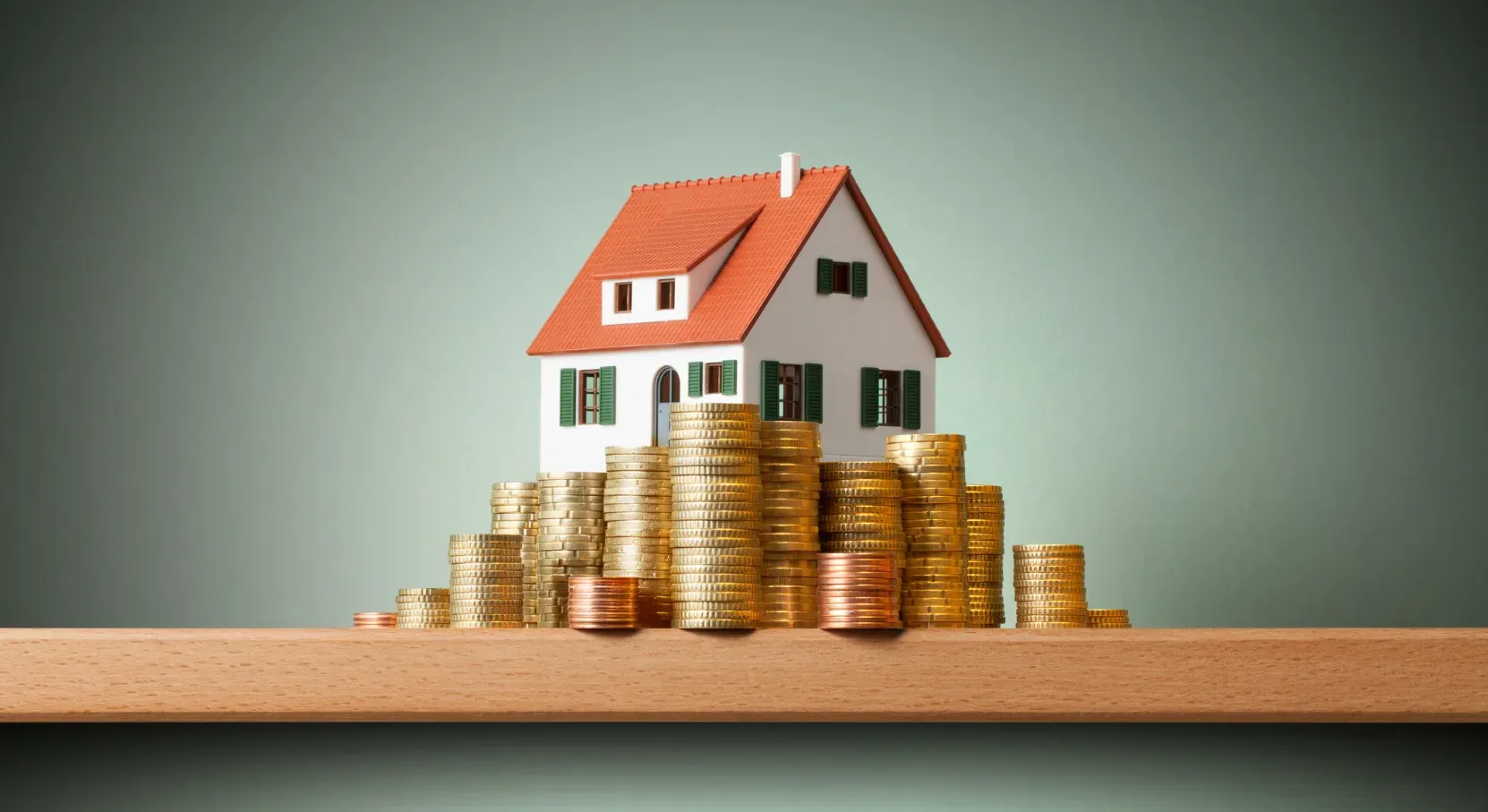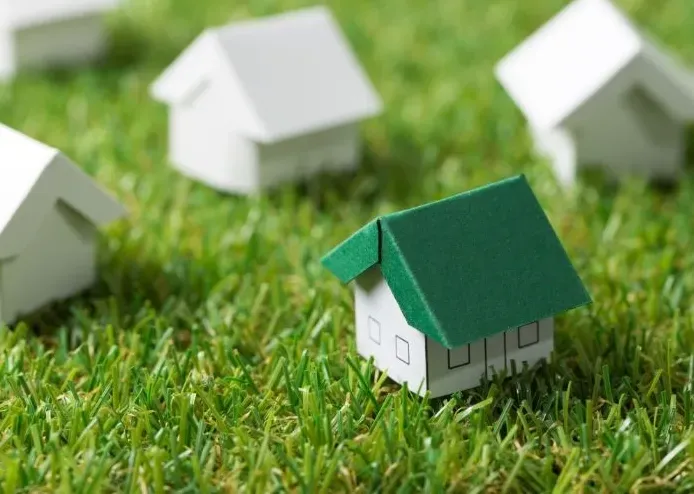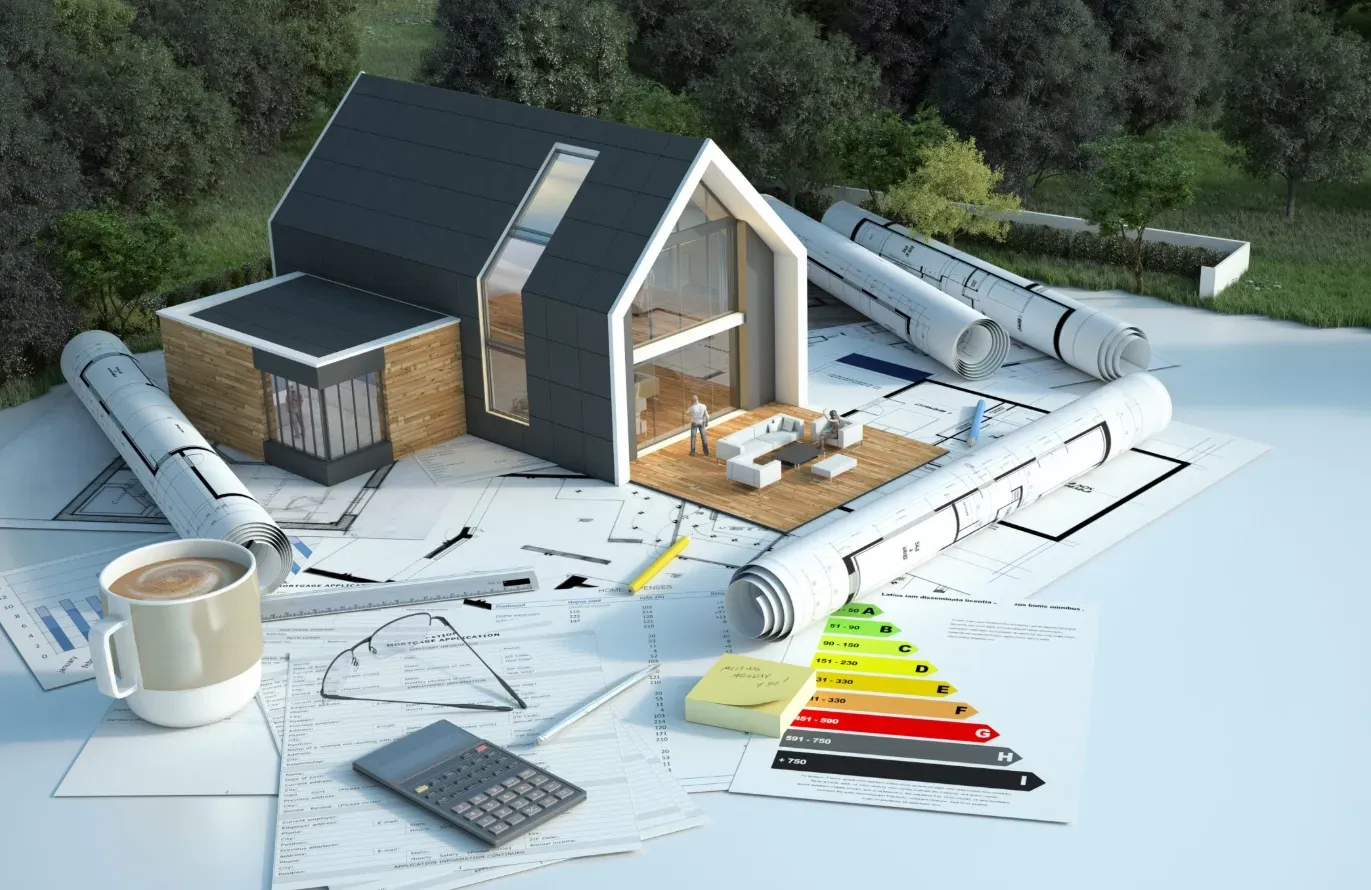Creating a Sustainable Home Budget: Real Estate, Finance, and Lifestyle Integration in India 2025

By
Shrusti Naik
Posted on August 4, 2025. 10 mins

Creating a Sustainable Home Budget: Real Estate, Finance, and Lifestyle Integration in India 2025
Introduction

When Finance Minister Nirmala Sitharaman announced zero income-tax up to ₹12 lakh under the new regime on 1 February 2025, the collective sigh of relief from middle-class homebuyers was audible across brokerage conference calls . Savills India estimates the extra disposable income could lift housing demand by 12-15 % in tier-2 cities this year . The question now is not just how much home you can afford, but how sustainably you can own and run it. In 2025, a sustainable home budget in India is less about spreadsheets and more about stitching together real estate choices, tax policy, energy bills and lifestyle habitsinto one seamless plan.
1. Start With the Roof: Picking a House That Saves You Money
The biggest lever in your budget is the home itself. Prefab and modular construction, once seen as experimental, now cut construction time by 30 % and cost by 15 %, according to a September 2024 study by the Modular Building Institute . Rowstel India’s 2024 projects in Pune show that buyers paid ₹3,200 per sq ft for modular 2-BHKs versus ₹3,800 per sq ft for conventional builds, while monthly electricity bills are 18 % lower thanks to integrated LED and thermal insulation.
If you are buying resale, ask for the last 12 months of society-maintenance receipts, a building with rain-water harvesting and rooftop solar can shave ₹1,500-₹2,200 off monthly outgo once the grid billing kicks in. You might also like to checkout The Home Selling Checklist
2. Map Cash-Flow to Calendar: The 50-30-20 Rule, Indianised
Global templates suggest 50 % needs, 30 % wants, 20 % savings. Indian reality demands EMI-first budgeting. HDFC’s March 2025 data shows the average EMI-to-income ratio for new borrowers is 38 %, leaving only 12 % for other needs before discretionary spends.
Tweak the rule:
- EMI + Property Tax + Maintenance: 40 %
- Utilities + Groceries + Insurance: 25 %
- Investments + Lifestyle: 35 %
Plugging the new tax rebate, a ₹1-lakh monthly earner now has ₹8,000 extra disposable income—enough to pre-pay one extra EMI a year and cut total interest by ₹6-7 lakh on a 20-year loan of ₹40 lakh. Also read The Unseen Influence of Local Infrastructure Projects on Property Values: A 2025 Indian Playbook
3. Energy, Water, and Waste: The Hidden Household Budget Lines
Ashiana Housing’s 2024 survey of 800 gated societies found energy and water charges are the fastest-growing components of maintenance costs, rising 7 % annually.
- Solar rooftop leasing: ₹0 down payment, ₹4-5 per unit versus ₹8-10 grid tariff—payback in 6-7 years.
- Water meters + drip irrigation: 25 % reduction in tanker purchases across Bengaluru’s Sobha City.
- Waste-segregation rebates: ₹500-₹800 monthly credit from recyclers in Mumbai’s Lodha Belmondo.
Add these micro-savings to your budget sheet; they compound faster than mutual funds. Also check out Fractional Ownership of Real Estate in India 2025
4. Tax, Subsidy, and Refinance Cycles: Keep Rebalancing
Union Budget 2025 sweetened two levers:
- No tax on two self-occupied properties—ideal for rent-and-own strategies in tier-2 cities.
- SWAMIH Fund 2—₹15,000 crore to complete 1 lakh stuck units, lowering secondary-market supply glut and anchoring resale prices .
Refinance when home-loan rates drop 50 bps below your current rate. RBI’s June 2025 circular mandates zero foreclosure charges for floating loans; switching from 8.75 % to 8.25 % on a ₹50-lakh loan saves ₹4.8 lakh interest over 15 years. You may want to check Understanding Real Estate Taxes
5. Lifestyle Integration: The 1 % Rule for Green Upgrades
Budget for 1 % of property value annually for energy-efficiency upgrades:
- Year 1: Smart thermostat (₹12,000) → 10 % AC bill reduction.
- Year 3: Double-glazed windows (₹1.8 lakh) → 15 % heat-gain cut.
- Year 5: Battery-ready solar inverter (₹90,000) → ₹3,000 monthly grid savings.
The 1 % rule keeps upgrades bite-sized and ensures your home budget evolves with technology, not against it. You might as well like to read The Future of Commercial Real Estate
Conclusion

In 2025, a sustainable home budget is not a static spreadsheet; it is a living ecosystem that adjusts with tax policy, energy tariffs, and personal milestones. Pick the right roof today, map cash-flow tomorrow, and let every policy nudge work in your favour. The result: a home that pays for itself, one green decision at a time.
Frequently Asked Questions
Q1. How much can solar panels reduce my monthly electricity bill?
Typically 20-30 %; in net-metered societies, surplus can zero out bills during peak summer months.
Q2. Is the new ₹12-lakh tax rebate applicable to home-loan interest?
No, the rebate is on gross income; Section 24(b) home-loan interest deduction remains separate and unchanged.
Q3. Can I refinance a PMAY-subsidised loan?
Yes, refinance is allowed, but re-apply for PMAY subsidy if the new lender is not an accredited channel partner.
Q4. Are green-building certifications worth the cost?
IGBC-certified homes sell 10-12 % faster and at ₹150-₹200 per sq ft premium, offsetting certification fees within 3-4 years.
Q5. What happens if I over-budget for upgrades?
Unused 1 % upgrade funds can be swept into annual pre-payments, cutting loan tenure by 6-8 months on a 20-year, ₹50-lakh loan.